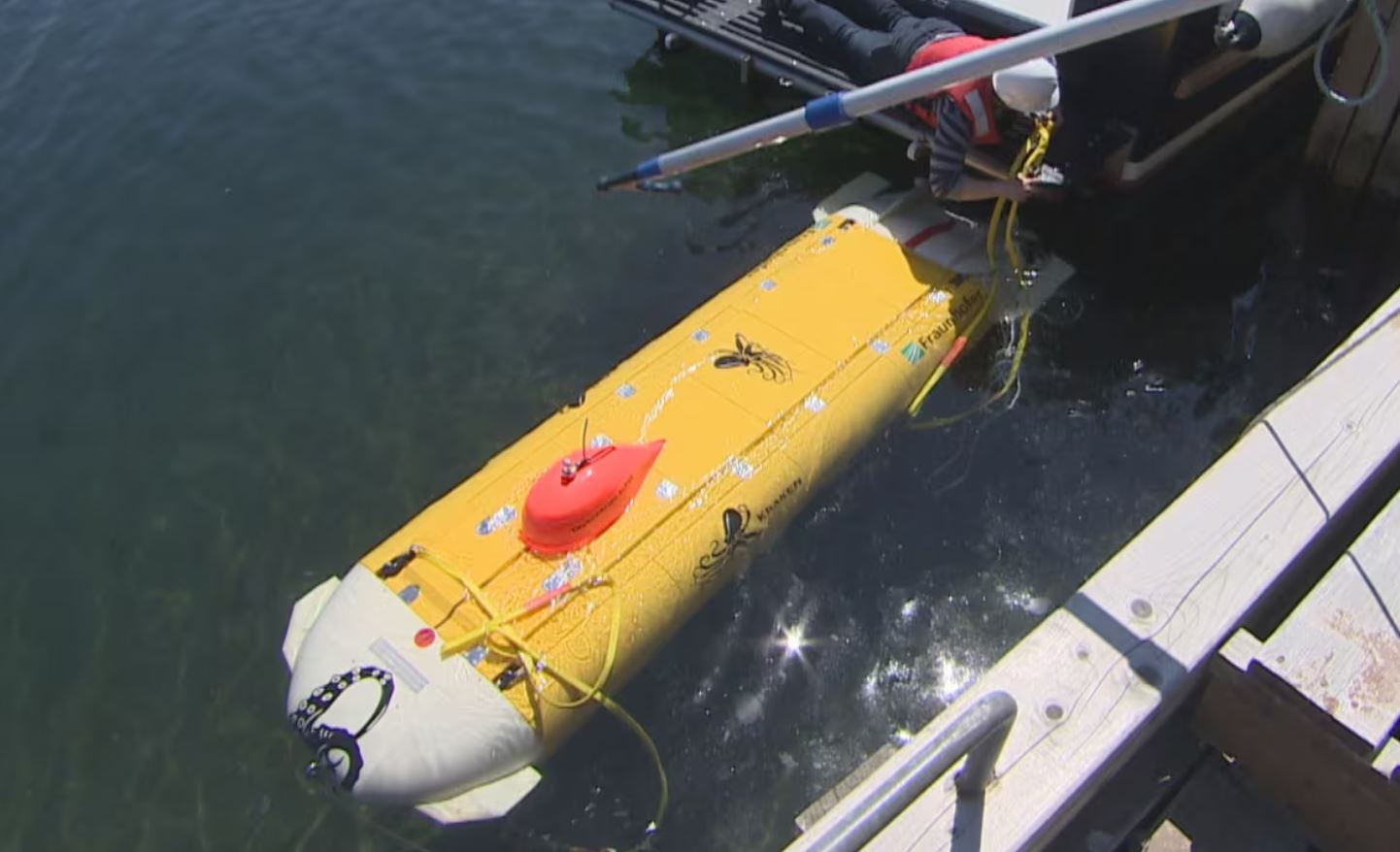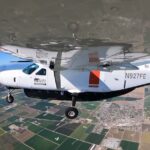 The search for Malaysia Airlines flight MH370 is back on, more than a decade after it vanished without a trace. The Malaysian government has given the green light for a new search led by Ocean Infinity, a seabed exploration company. You might remember them from their previous mission in 2018, which unfortunately didn’t pan out. This time, they’re returning to the challenging waters of the southern Indian Ocean, about 1,500 kilometers off Perth’s coast, armed with some of the most advanced technology available.
The search for Malaysia Airlines flight MH370 is back on, more than a decade after it vanished without a trace. The Malaysian government has given the green light for a new search led by Ocean Infinity, a seabed exploration company. You might remember them from their previous mission in 2018, which unfortunately didn’t pan out. This time, they’re returning to the challenging waters of the southern Indian Ocean, about 1,500 kilometers off Perth’s coast, armed with some of the most advanced technology available.
Ocean Infinity is no stranger to the complexities of underwater detection. They’ve got an impressive track record, having found a lost Argentinian navy submarine a kilometer deep in the Atlantic and the wreckage of a US Navy ship that had been underwater for 78 years. The area they’re focusing on for MH370 is massive—it’s as big as Sydney. This spot was carefully chosen based on refined satellite data analysis, weather patterns, and debris found along the African coast and Indian Ocean islands.
To tackle this enormous task, Ocean Infinity is deploying the Armada 7806, a 78-meter vessel built by Norway’s Vard shipbuilders in 2023. This ship carries a fleet of autonomous underwater vehicles (AUVs) developed by Kongsberg. These AUVs can dive as deep as 6,000 meters and operate independently for up to 100 hours. They’re equipped with cutting-edge sonar technologies like sidescan, synthetic aperture, multibeam, and sub-bottom profiling sonar. These systems use sound waves to map and detect objects on the ocean floor.
Sidescan sonar helps create high-resolution images by bouncing sound pulses off the seabed, while synthetic aperture sonar combines multiple sound pulses for a clearer picture, giving a more detailed view. Multibeam sonar maps the ocean floor’s shape with a fan-shaped array of sound beams, and sub-bottom profiling sonar penetrates the seabed to reveal geological structures. Cameras and lights on these vehicles can help verify potential targets once sonar indicates their presence.
Since their last search, Ocean Infinity has made significant strides in marine robotics and data analytics, allowing them to deploy multiple vehicles simultaneously. This strategy maximizes coverage, making the survey more comprehensive and efficient. The data gathered will be compiled into detailed maps once the vehicles return to the ship.
This mission, expected to last up to 18 months, isn’t without its challenges. The weather can be harsh, and the underwater terrain is complex. The best conditions are expected between January and April. If Ocean Infinity succeeds in finding the MH370 wreckage, they’ll earn a US$70 million reward from the Malaysian government. Recovering the plane’s black boxes could finally shed light on what happened during its last moments.
However, there’s a lot riding on this. If they don’t find the wreckage, there won’t be any payment, and the mystery of MH370’s fate will remain unsolved.








